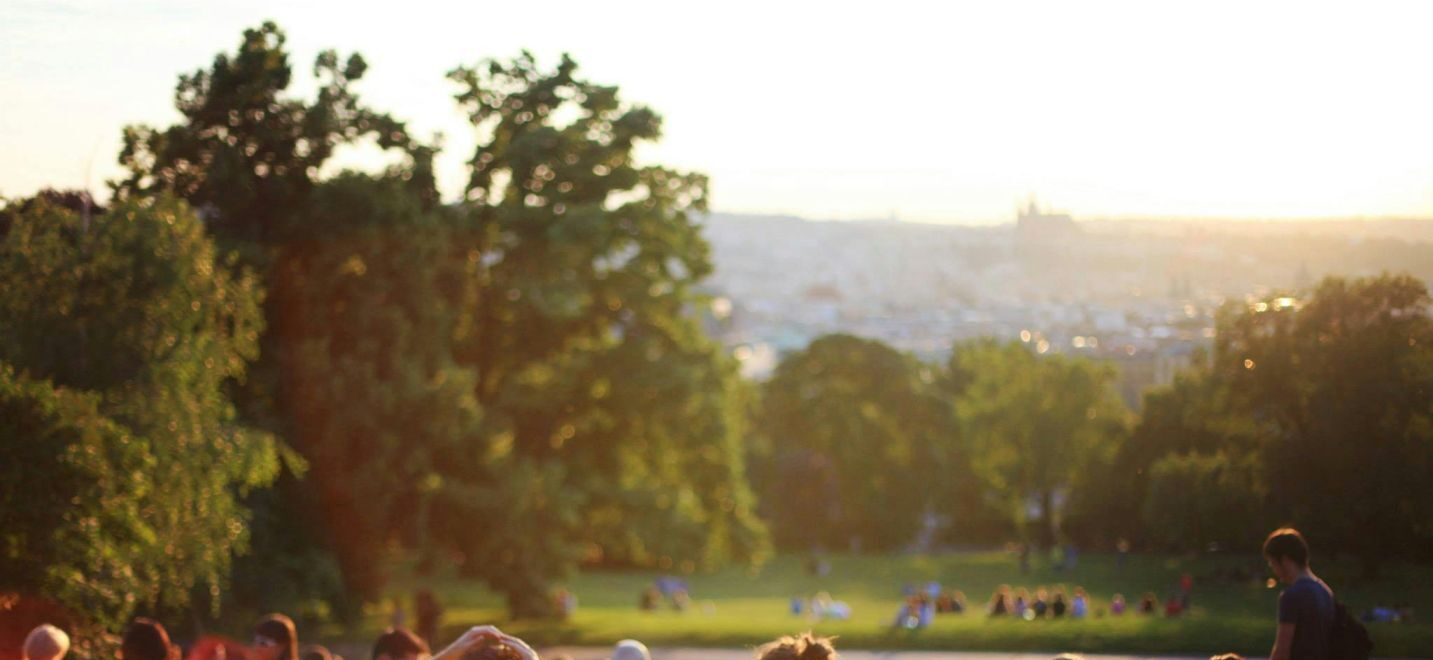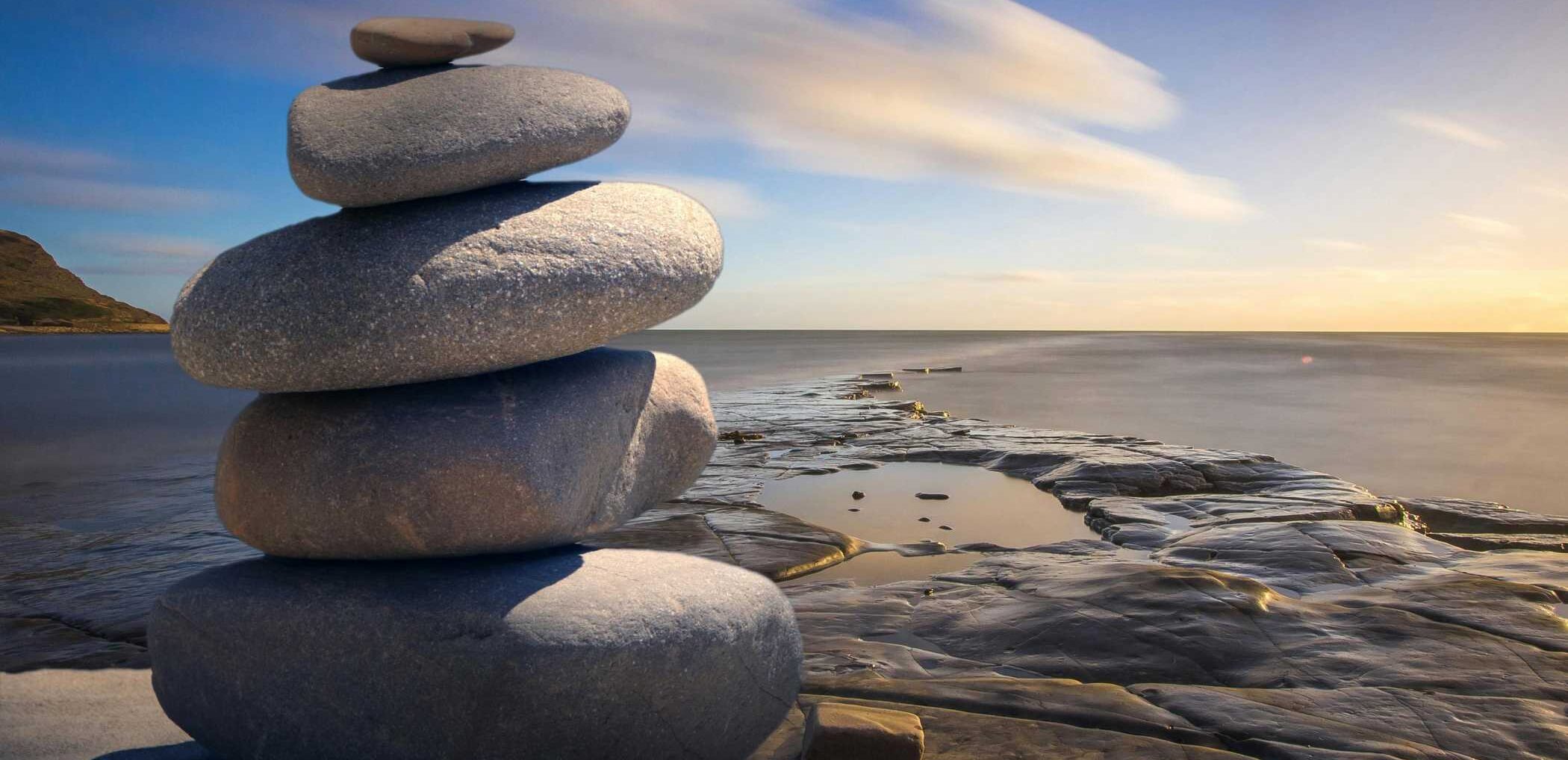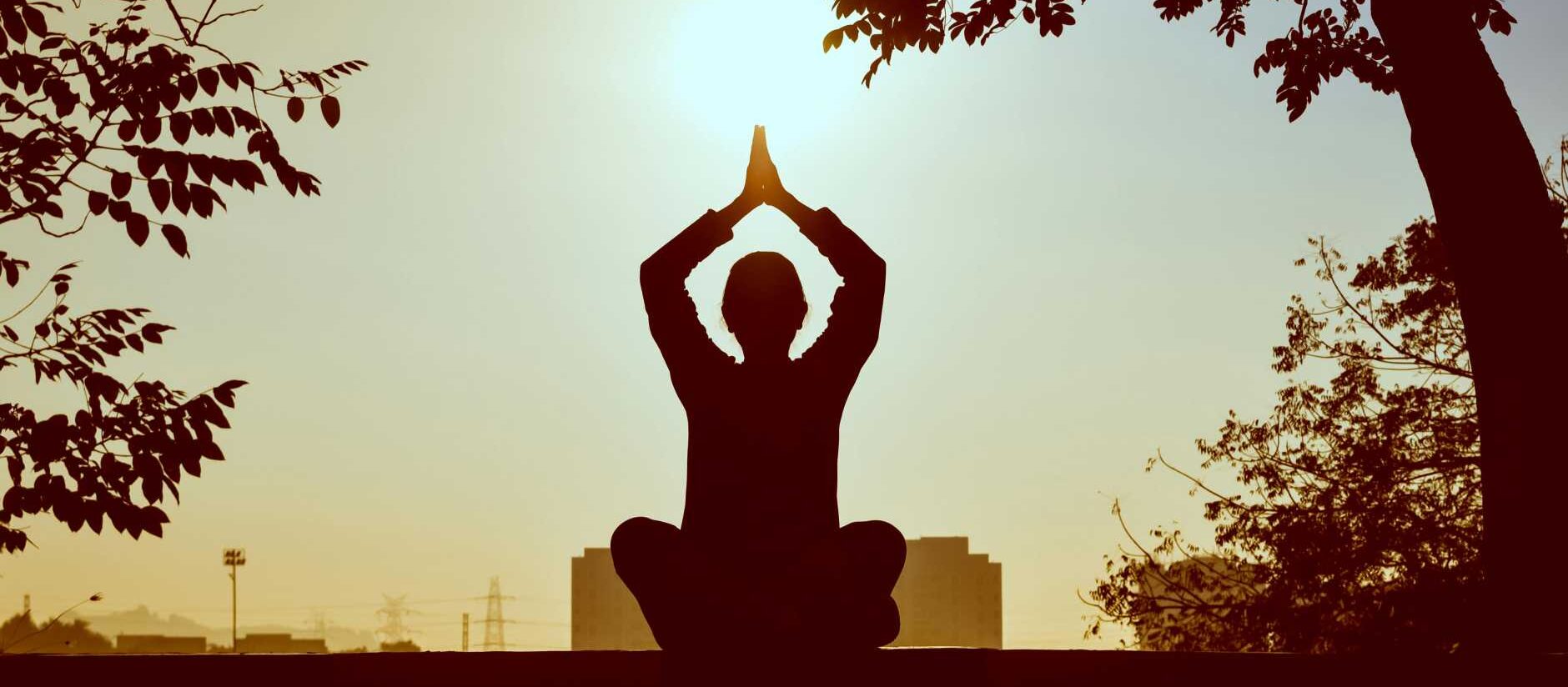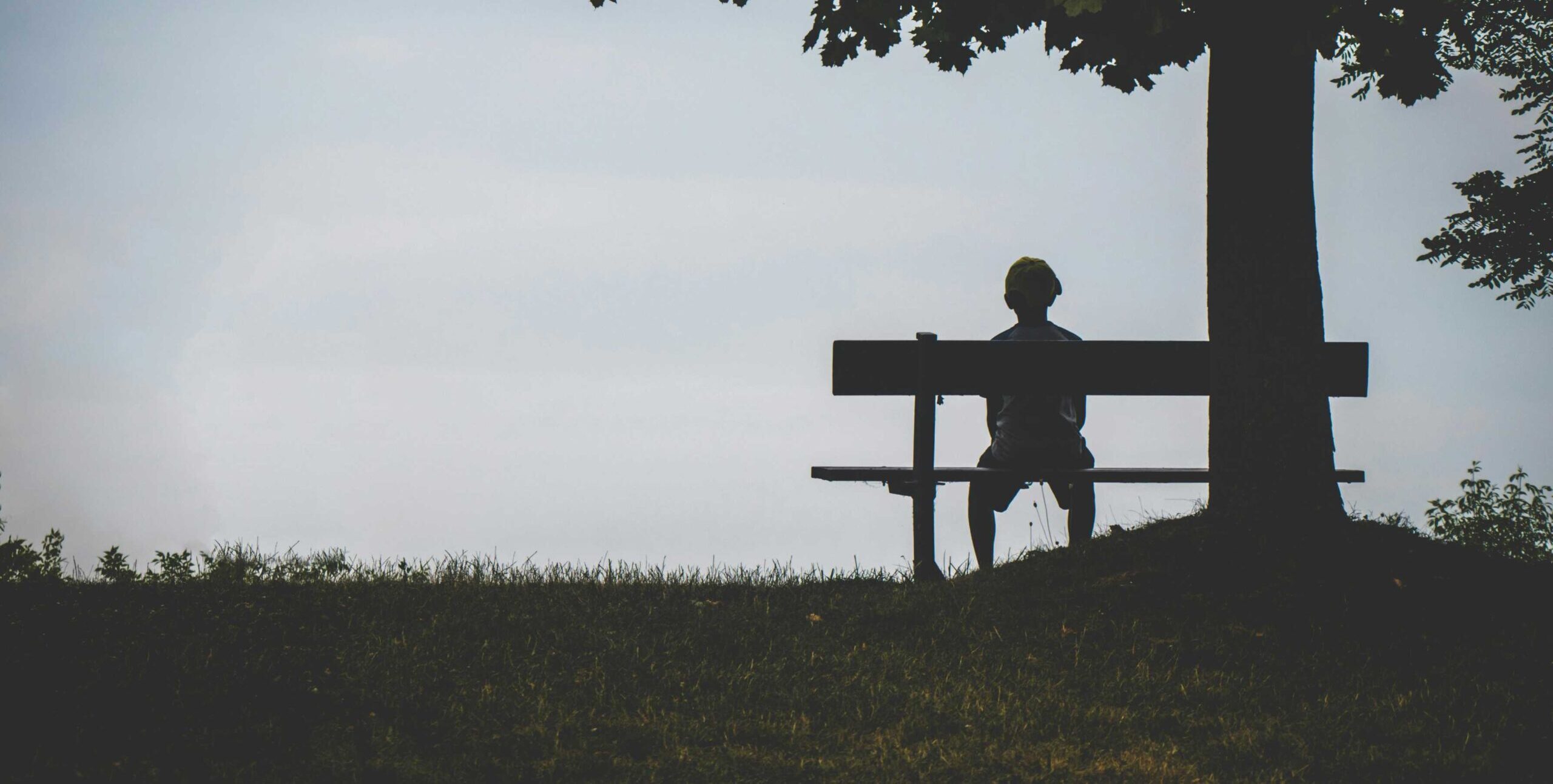How would it feel walking through the neighborhood with beautiful houses but no one to greet? A park full of people, but all you hear is silence. Everyone is locked in their own world, headphones on, and eyes on screens. You initiate and try to make a conversation, but always get shrugged off. This is how the world is right now. But what could you do?
Being a passive bystander in one’s own community is one of the loneliest feelings in the world.
But what if the very ache you feel is an invitation to become something else? Not a bystander, but a builder.
Those who build communities aren’t superheroes. They aren’t extroverts with booming voices and endless charisma. They are people who have had enough of waiting. People who realize the solution to loneliness isn’t a grand, top-down fix, but a simple, ground-up invention. It’s like planting a garden in an empty lot and suddenly being surrounded by a community of gardeners.
This blog post will teach you how to build a community. Building connections in the community takes small but courageous acts.
Why do we feel so powerless to build a community?
Let’s acknowledge why it’s difficult for us to form a community. It’s not because we don’t care, but we are trapped in three big myths:
- The Myth of Permission: We think we need an official title, a budget, or an invitation to bring people together. We wait for the homeowners’ association, the local council, or “someone in charge” to create an event. The truth? Someone who wants to form a community understands that a community doesn’t need permission. It needs initiative.
- The Myth of the Expert: We believe building community is a complex science that is best left to charismatic leaders or professional event planners. We tell ourselves, “I’m not good at that sort of thing.” The reality? Most powerful communities grow from shared interests and don’t need polished expertise. Your authentic passion is your greatest credential to motivate the masses to form a community.
- The Myth of the Grand Gesture: To form a community, you don’t need to throw a party for 200 people. These kinds of numbers paralyze us. But community creators know that connection thrives in small, simple, and repeatable environments. It always starts with one conversation before throwing a huge party.
Journey to build a community begins the moment you dismiss myths. It requires a strong desire for connection to start things.
Your Five-Step Journey to form a community
This isn’t a rigid formula but a mindset shift. A new way of moving through the world to build a community. Think of it as a blueprint to adapt in your life.
Step 1: The Shift From “Why Isn’t Anyone…?” to “What If I…?”
This is the fundamental change. It happens with internal inspection. Whenever thoughts of being a bystander creep in, “Why isn’t there a book club here?” or “I wish someone would start a running group,” gently interrupt.
Reframe the question: “What if I started a book club?” or “Could I invite people for a run?”
This shift moves you from a powerless position to dominance. Instantly, you stop being a critic and start being an architect of the solution. This isn’t about arrogance, but acting as a live example of a community builder. It’s the decision you make to connect your world in a better way.
Step 2: Find your one thing to spark the motive for creating a community
You can’t build a community for “everyone.” The strongest communities coexist around a shared interest, a shared purpose, or a shared place. You have to find one purpose out of these to build a community.
Think about things that make you come alive.
- Do you love growing tomatoes on the balcony?
- Do you get lost in historical fiction novels?
- Do you feel peace on a forest trail?
- Are you the person who tries a new recipe every weekend?
Your “one thing” is the magnet. It will attract people who share the same interests. A community built around “let’s be less lonely” feels needy. A community built around “let’s geek out over heirloom tomatoes” feels joyful and purposeful.
Step 3: Make the invitation simple, specific, and low-pressure
This is where most people stumble. They say, “We should hang out sometime!” which is merely a social vapor and has no solid ground. It means and commits nothing.
Community creators craft invitations that are easy to say “yes” to. They remove all the guesswork and psychological barriers.
The Magic Formula: “I am going to do [ACTIVITY] at [PLACE] on [DAY] at [TIME]. Would you like to join me?”
Understand the difference!
- Vague Bystander: “We should start a book club.”
- Empowered Builder: “I’m going to read Project Hail Mary next month and discuss it at the library on Thursday, the 16th, at 7 PM. A few of us are meeting. You should come!”
The second version requires no work from the other person. Moreover, it highlights your intent with an open door. It’s confident, clear, and kind.
Step 4: Focus on the First Few and then form a community
You might dream of a crowd in the first gathering you host. But the focus should be on the quality rather than the crowd. Even one person showing up is a success. Three people showing up is the beginning of a core group upon which you can build a community.
Your job as the community creator is not to entertain the masses. But to create a warm, welcoming space for whoever is interested in joining the community.
- Be the host: Greet people warmly. Introduce new members to the group. “Mark, this is Sarah. Sarah just moved here from Chicago. Mark is a total sci-fi expert.”
- Have an opener: “So, what got you coming today?” is a great way to start.
- Listen more: Your role is to facilitate connection among members and not to seek attention.
The goal is to make everyone feel seen and included. As a result, they leave thinking, “That was nice. I felt comfortable. I’d like to do that again.”
Step 5: The Magic of “See You Next Time”
A community flourishes and becomes stronger after recurring events. For this to happen, the first occurrence should end on a good note.
You need to end the first gathering by planting a seed for the next. Before people leave, say:
“This was really great. I was thinking of doing this again next month. Same time, same place? I’ll send a reminder.”
This creates anticipation and predictability. It transforms a “gathering” into a “tradition.” People can plan for it. They can look forward to it. This rhythm builds a sense of stability and belonging, which is an antidote to the chaos of modern loneliness.
What Happens When You Build A community Successfully
Taking these steps makes a remarkable change. Along with healing from loneliness, you become a ray of light for others to feel the same. You inspire them to build a community.
Imagine a book club you are part of leads to a recipe swap. Your runner’s group might volunteer for a local short marathon. The garden community is starting a tool library.
You started a ripple of connection that’s now extended far beyond the original intent. You created a world where people look up from phones, make eye contact, and interact. Suddenly, there’s a world where “What could I possibly do?” becomes “Look what we did.”
The world doesn’t need bystanders who keep wondering why things are like that. It needs people with simple ideas and the courage to act on them.
So, what’s your one thing? And who will you invite?
Your community is waiting for you to build it.
Share this content:




